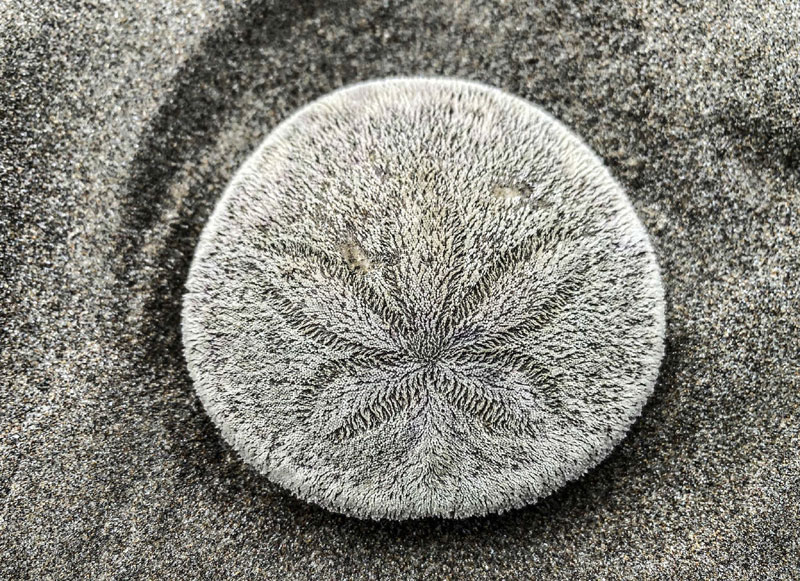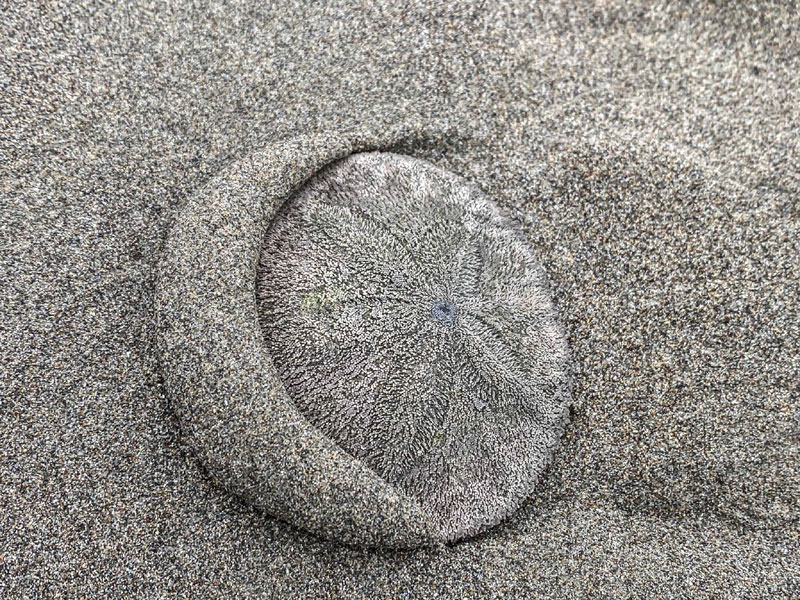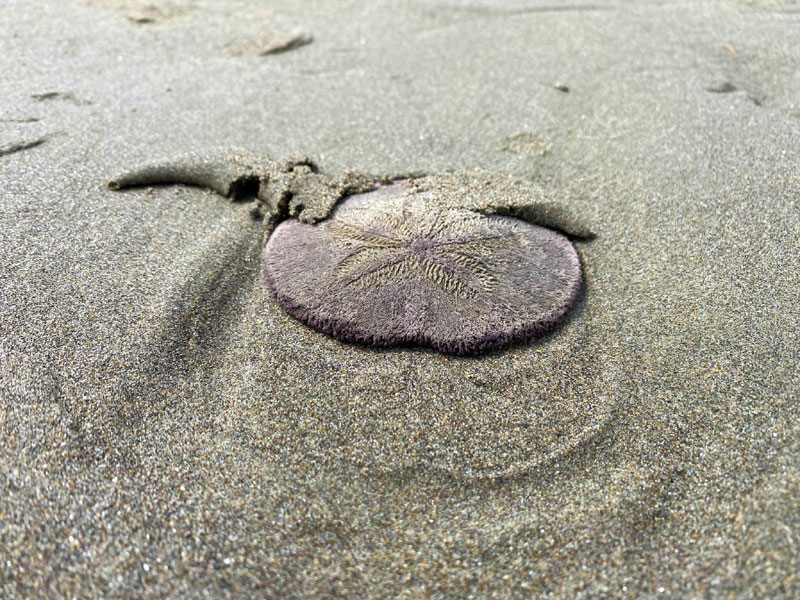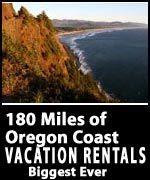Thousands of Live Sand Dollars Washing Up on N. Oregon Coast Beach
Published 08/16/21 at 1:29 AM PDT
By Oregon Coast Beach Connection staff
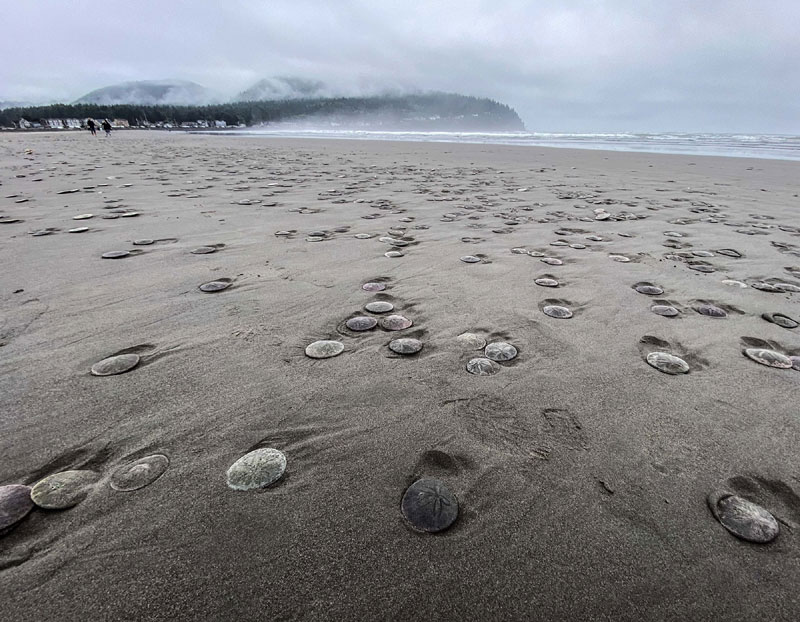
Includes exclusive listings; some specials in winter
In Cannon Beach:
Includes rentals not listed anywhere else
In Manzanita, Wheeler, Rockaway Beach:
Some specials for winter
In Pacific City, Oceanside:
Some specials for winter
In Lincoln City:
Some specials for winter
In Depoe Bay, Gleneden Beach:
Some specials for winter
In Newport:
Look for some specials
In Waldport
Some specials for winter
In Yachats, Florence
Some specials for winter
Southern Oregon Coast Hotels / Lodgings
Reedsport to Brookings, places to stay; winter deals
(Seaside, Oregon) – [UPDATE: MORE OF AN EXPLANATION BELOW] Finding whole sand dollars is difficult on the Oregon coast – except for one spot at the very north end of Seaside and southern edges of Gearhart. There, you can often find many unbroken sand dollars, depending on conditions. (Photos and video courtesy Seaside Aquarium)
What is unusual, however, is finding a whole lot of sand dollars still alive, and another part of Seaside is encountering that right now. Thousands of those still-living round critters are popping up at the southern edges of Seaside Beach, not far from the Cove area, and it's got even the experts somewhat puzzled.
Tiffany Boothe of Seaside Aquarium said they have encountered it on rare occasions, but this one so far eludes a clear explanation (though it's known it has something to do with the sea water scouring them out of the deep sand and moving them onshore).
UPDATE 8/17: Keith Chandler, manager of Seaside Aquarium, that is exactly what's happening, but they just don't know why. Some sort of current is unearthing them and pushing them onshore, but why a current would suddenly appear to do that isn't known. Chandler told Oregon Coast Beach Connection he's received other reports of things washing up from the deeper ocean, which is further evidence of some current having shifted beneath and causing all this.
“It appears that they are washing in during the afternoon high tides and getting stranding along the high tideline,” she said. “They are still alive when stranded but are unable to make it back to the water once the tide recedes.”
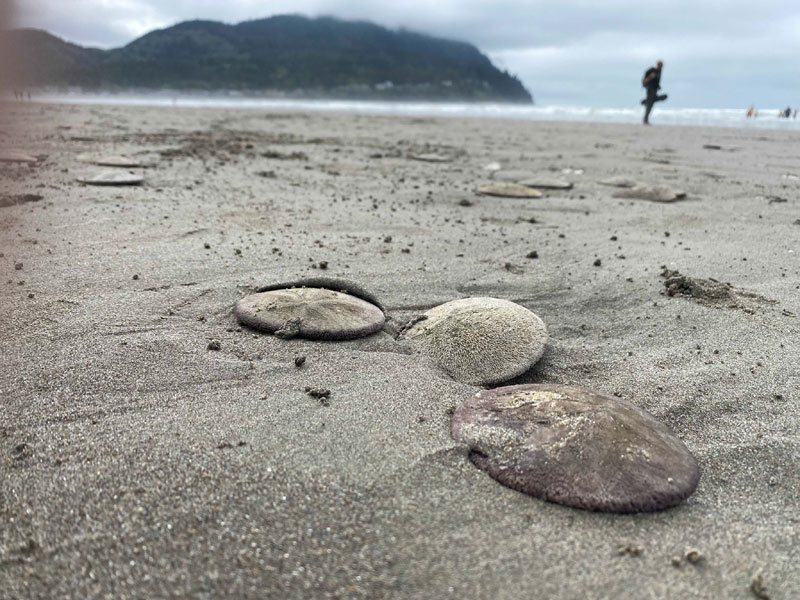
This result is the sand dollars are drying up and dying – which will mean a smelly beach pretty soon.
It has nothing to do with water quality or that they are being killed and then washing up - they are getting dug up by ocean currents.
“At this time, we do not know what has caused this, and these types of incidents usually have several contributing factors,” Boothe said this week, referring to the mystery current. “We are also unaware if this is an isolated incident or if this is happening on other beaches.”
Boothe provided a video (below) to convey the sheer numbers of them.
So why not throw them back in? That does no good, since the ocean just plops them back up on the sand. Even then, sand dollars live burrowed in the sand around the intertidal zone, and once it's been outside the water for awhile it's a goner.
What is known about the creatures in this area is that there a lot more of them around the mouth of the Necanicum River than elsewhere – at least scientists are fairly certain of that. It's part of the reason so many show up at Seaside / Gearhart unbroken. There's likely also other factors that contribute to that, such as the way the beach is sloped beneath the waves: something about that and the currents here cause them to more easily get chucked up onto this north Oregon coast spot.
Those factors are also contributing to this unusual event as well.
Boothe said sand dollars are actually related to urchins.
“The outside of their shell is covered with millions of tiny spines which look like ‘fuzz' or hair,” Boothe said. “These spines aid in the movement and feeding of the sand dollar. On the underside, in the center of the sand dollar is its mouth.”
They eat plankton down in the deep, which is aplenty in this area because of all the nutrients that are fed into these waters by the Columbia River. This is why this part of the Oregon coast gets those oddball, brown, gooey waves sometimes: it's huge blooms of phytoplankton. ALSO SEE Why This N. Oregon Coast Spot Has So Many Sand Dollars, Brown Waves, Clams
“How can you tell if a sand dollar is alive?,” Boothe said. “The best indication would be if the sand dollar is still ‘fuzzy'. You may want to leave the fuzzy ones on the beach, as they can smell quite badly if taken home.” MORE PHOTOS BELOW
Hotels in Seaside - Where to eat - Seaside Maps and Virtual Tours
Cannon Beach Lodging
Nehalem Bay Lodgings
Manzanita Hotels, Lodging
Three Capes Lodging
Pacific City Hotels, Lodging
Lincoln City Lodging
Depoe Bay Lodging
Newport Lodging
Waldport Lodging
Yachats Lodging
Oregon Coast Vacation Rentals
Oregon Coast Lodging Specials
More About Oregon Coast hotels, lodging.....
More About Oregon Coast Restaurants, Dining.....
LATEST Related Oregon Coast Articles
Travel Advice: Traffic Cams for I-5, I-205, I-405, Hwy 217, I-84, OR 26
Low Tide Oceanside Events Take You Deeper Into N. Oregon Coast Tidepools
June 13, 26, 27, and 28, these uncover the wonders at the water's edge. Oceanside events, Pacific City events, Tillamook events, Netarts
Military Truck Tours Back at Fort Stevens, Go Back in Time on N. Oregon Coast
Hop aboard a five-ton military truck and rove around the grounds. History. Astoria events, Warrenton
Newport Astrophotography Events Bring the Universe to Central Oregon Coast
July 25 at Frank Wade Park, August 16 at Newport Rec Center, Aug. 23 - 24 road trip. Nwport events
Back to Oregon Coast
Contact Advertise on BeachConnection.net
All Content, unless otherwise attributed, copyright BeachConnection.net Unauthorized use or publication is not permitted


























